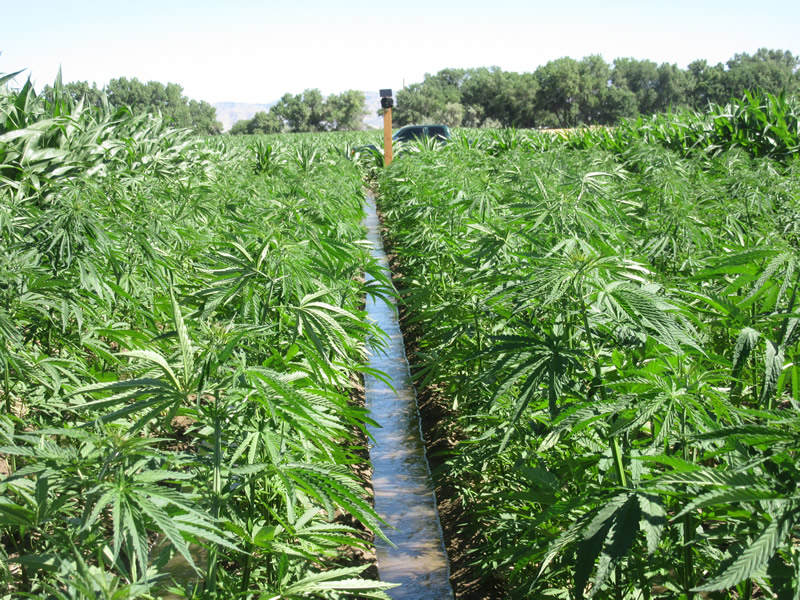
In the course of covering agriculture, I’ve written and recorded several stories about the possibility of industrial hemp farming. More and more states are making industrial hemp production legal within their borders. It’s good news for farmers because it puts another cash crop in their toolbox. But I was curious about the process of how to start growing the crop for the first time. It’s similar in some ways to “traditional” commodities but very different in others.
I caught up to Erica McBride Stark, Executive Director of the National Hemp Association, to talk about things farmers who’ve never grown industrial hemp before need to consider. The list is a long one. Considerations include the reason you’re growing the crop (who is the end user?), the types of soils you farm in, and what kind of equipment you have for both planting and harvest.
“I know there are a lot of farmers that want to try growing hemp,” Stark said. “I am a little bit concerned, to be honest because there’s a whole lot of people who want to jump in but don’t know what they’re doing. We’ll have to see how it goes.”
As there are different types of standard commodities, farmers will have to figure out what type of hemp they want to grow. For example, the cultivation methods for CBD are quite different than what they would be for hemp grown for fiber or grain. But that’s not all.
“The crop starts off indoors and farmers will need specific equipment to transplant it into fields outdoors,” she said. “The type of soil you’re farming in also makes a difference. Hemp likes a loose soil that’s well drained. It doesn’t want to have wet feet. It also likes a neutral pH level.”
She said hemp grown for fiber and grain is planted a lot like traditional crops. Growing hemp for CBD means the plants are spaced out further and surrounded by plastic sheets.
I’m thrilled that farmers have another possibility for a cash crop. However, I’d encourage you to give a listen here if you’re thinking about trying industrial hemp production for the first time.
